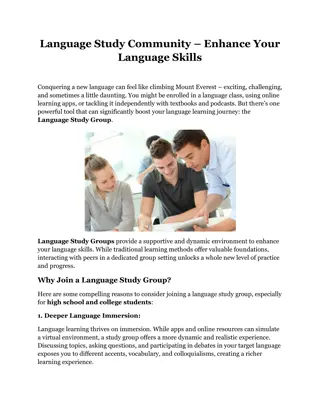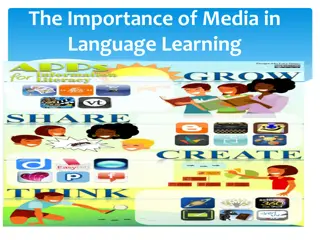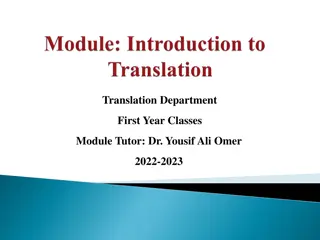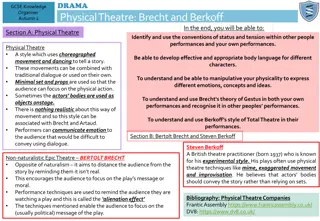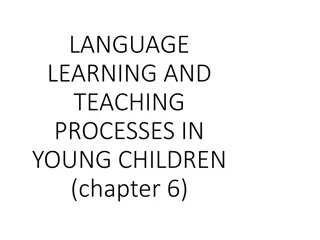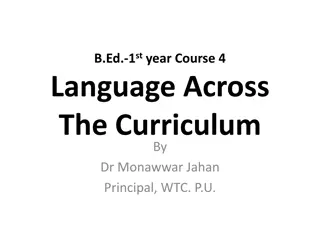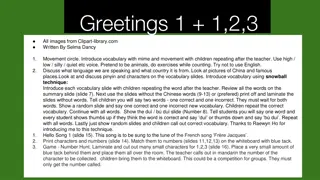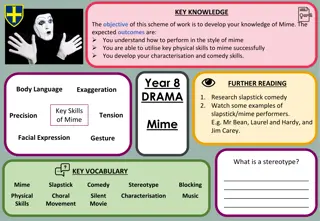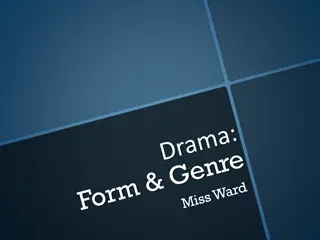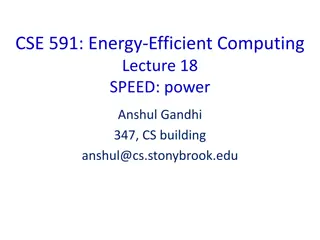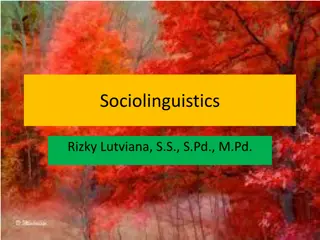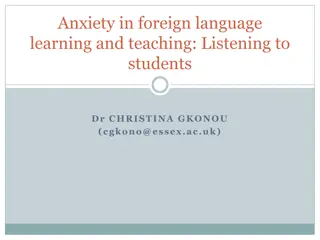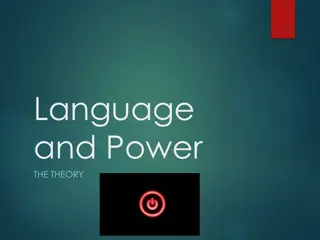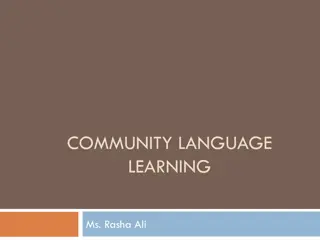The Power of Mime in Language Learning
Mime is a non-verbal form of communication that enhances language learning through gesture and expression. It fosters confidence, imagination, and observation in students, making language practice enjoyable. Savignon highlights its role in encouraging language use while reinforcing memory through visual association. Explore how mime can be a potent tool in language education.
Download Presentation

Please find below an Image/Link to download the presentation.
The content on the website is provided AS IS for your information and personal use only. It may not be sold, licensed, or shared on other websites without obtaining consent from the author.If you encounter any issues during the download, it is possible that the publisher has removed the file from their server.
You are allowed to download the files provided on this website for personal or commercial use, subject to the condition that they are used lawfully. All files are the property of their respective owners.
The content on the website is provided AS IS for your information and personal use only. It may not be sold, licensed, or shared on other websites without obtaining consent from the author.
E N D
Presentation Transcript
Mime Mime is "a non-verbal representation of an idea or story through gesture, bodily movement and expression".
Mime emphasizes the paralinguistic features of communication. It builds up the confidence of learners by encouraging them to get up and do things in front of one another.
Mime helps develop students' power of imagination and observation and can also be quite simply " a source of great enjoyment" with students tending "to be very enthusiastic about this aspect of drama",
To the language teacher, one could generally say that mime is acting out an idea or story through gesture, bodily movement and expression, without using words .
Savignon (1983) says that the mime helps learners become comfortable with the idea of performing in front of peers without concern for language and that although no language is used during a mime it can be a spur to use language. You (2018) says that the mime ..
when he says that not only is mime one of the most useful activities for language practice, it is also one of the most potent and relatively undemanding.
Its strength lies in that although no language is used during the mime, the mime itself can act as a catalyst to generate and elicit language before, during and after the activity.
Mime is a great way of reinforcing memory by means of visual association, and recall of language items is assisted whenever an associated image is presented.
Mime can help to fix language in the minds of the students, and the following activity demonstrates how vocabulary items can be revised and reinforced
Placing a box in front of the class, the teacher mimes taking something out of it and asks students to take a guess at what it could be. The teacher then invites a student to approach the box and whispers the name of the object to the student, who in turn mimes taking the object out of the box while the rest of the class guesses.
Mime can generate language use where explanation is required- teacher's instructions and the discussion of the students-if the mime involves pair work or group work, learners normally find it easier and more motivating to produce language when they have to accomplish a task.
If the mime is then performed before the rest of the class, the target language can be usefully employed for evaluating and interpreting what has been seen, as in the following example which aims at practicing fluency
Working in pairs or small groups, students are given topics to work on which are to form the basis of a three minute mime (a burglary that goes wrong, an incident at a bus stop, an argument at the cinema, for example), five minutes are allowed for preparing and rehearsing. Students perform their mime in turn, and after each performance the teacher asks the class to interpret what it has been.
WE SEE AND UNDERSTAND BODY LANGUAGE INSTANTLY Talk about how we express different emotions using our faces and the way we move our bodies. Ask students to show how they would sit if they were happy, sad, scared, angry, etc. Note that there are no correct, right, or wrong answers here. Different people do different things for the same emotion. Have students look around for differences.
WE CAN OBSERVE AND ANALYZE BODY LANGUAGE The word imitate derives from the same root as the word mime. Have students pick someone everyone knows (from outside the classroom) or an animal, and try to imitate the way she/he/it walks, moves, sits, and gestures. Make it a guessing game if they are good at it: have one student do the imitation while others guess who it is.
IMAGINARY CIRCUMSTANCES Have students recall an everyday activity (brushing teeth, reading a book...) and try to show what they are doing without using any props.
IMAGINARY OBJECTS Have students think of a specific object they know how to use (pencil, baseball bat, glass of water...) and try to show what they have without using any props.
MIME SKETCHES Have students make up a short mime sketch with a partner and show it to the class. Have the audience describe what they saw. Focus all comments and descriptions on discovering how to better communicate the mime idea presented, rather than about any portion of the sketch that did not work.
MIME INTERPRETATIONS Have the students mime a story they have read- sort of a mime book report. They could also mime a story they have written, or a drawing they have created, or a poem.... They could also mime the poem, story, etc, while it is being read.
RESEARCH ACTIVITIES Have the students look up and report on one of these subjects: mime, pantomime, juggling, body language, non-verbal communication, anatomy, kinesics, sports medicine, clowns, circus skills, or vaudeville (as well as any of the styles of theater mentioned in the enclosed history of mime section).
PHONICS REINFORCEMENT Play a version of charades where words that begin with a particular, known phonics sound are acted out. You can actually play charades using almost any category from your curriculum.
STATUES Using a list of words (vocabulary list...spelling list...) say a word and have the students become a statue that embodies the meaning or activity of that word. This can also be done as moving statues.



